
Royal Enfield Guerrilla 450 Review: Himalayan for the Streets
The Guerrilla 450 hits the roadster scene with all guns blazing. So, what does it nail, and where does it fall short? We find out…
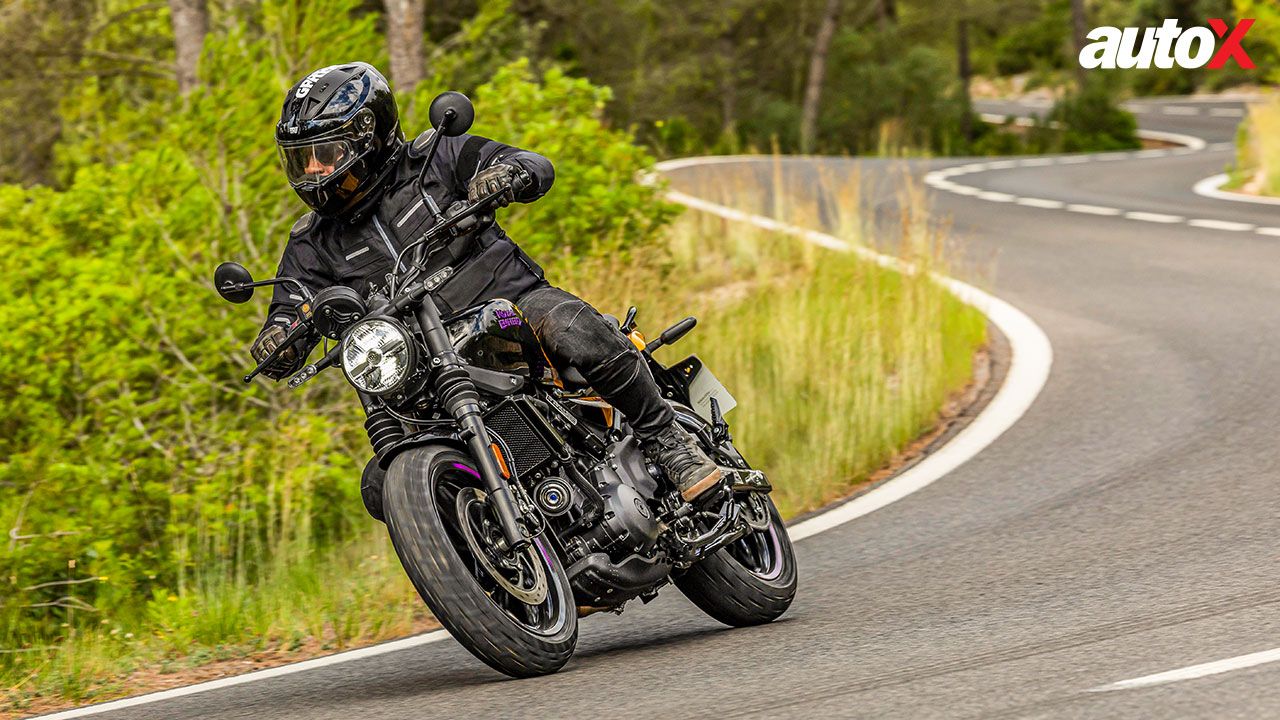
First off, let’s clear a couple of things – it’s not called the Gorilla, and contrary to popular belief, it’s not a Scrambler either. This is the brand-new Royal Enfield Guerrilla 450 – one that draws inspiration from warfare and not armpit-scratching apes. Additionally, it happens to be a roadster – which, if you are not familiar with motorcycle terminology, is a motorcycle that’s meant to be ridden strictly on the tarmac.
So, we got at least two things straightened out about this new RE. But there is more to uncover. What’s the purpose of the Guerrilla? Where does it fit in RE’s product line-up? Who is the target audience? Why is it not a Scrambler? And, most importantly, does it feel unique in the way it rides and handles? Well, we spent a full day riding the new Guerrilla 450 on some fantastic roads in Catalonia, Spain, to find out.
Also read: Royal Enfield Guerrilla 450 Launched in India
Himalayan for the Hooligan
The Guerrilla 450 may share its platform with the Himalayan 450, but according to RE, it’s not an afterthought. RE told us that the roadster was, in fact, developed parallelly with the ADV. If RE is to be believed, the two motorcycles do not share much in common, except the Sherpa 450cc engine and a few more bits and bolts.
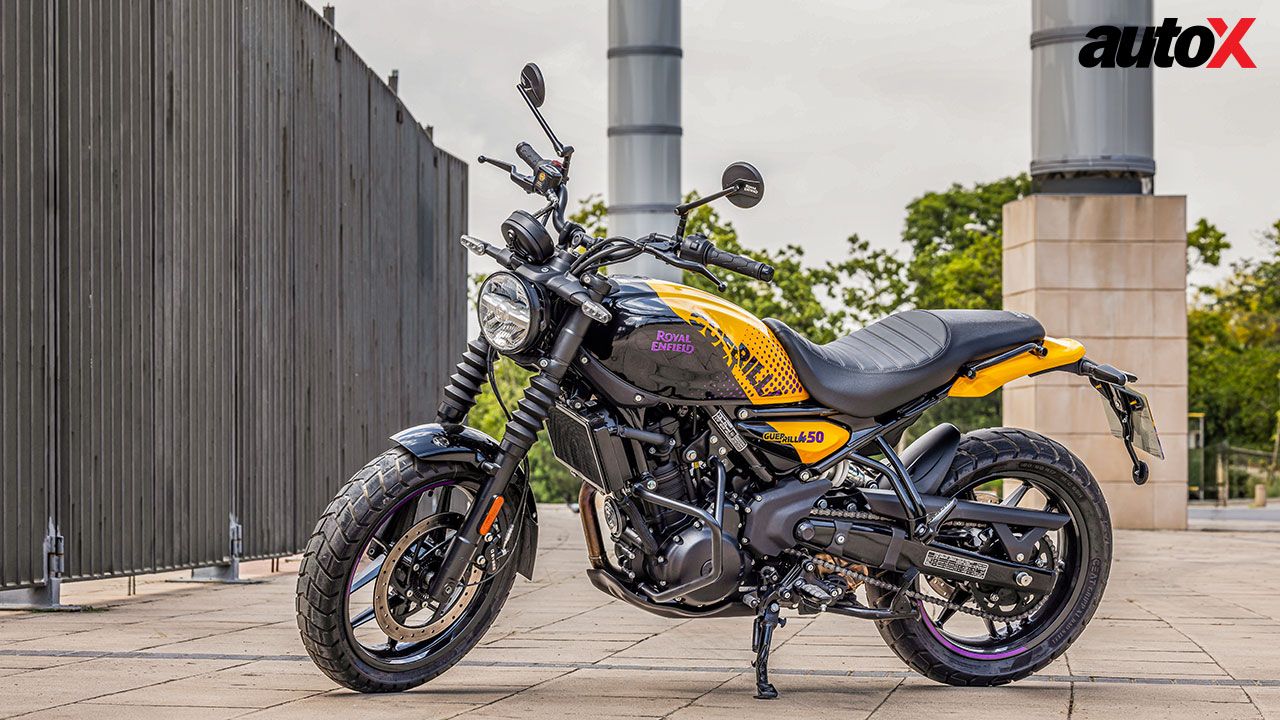
At first glance, the Guerrilla bears no resemblance to the Himalayan. It’s more tightly packaged and features a 70mm shorter wheelbase and a 4-degree steeper rake angle. Also, it’s much lower to the ground – 780mm seat height vs 825mm of the Himalayan – and comes with a shortened trail, along with 61mm less ground clearance (169mm) compared to its ADV counterpart. It even features a different frame – the front section is similar, but the roadster gets a new headstock and a new rear subframe. There are no USD forks here, either – it gets conventional forks featuring retro-styled black fork gators. The bike rolls on smaller 17-inch alloy wheels on both ends. Its chunky set of rubber – 120 / 70 (front) and 160 / 60 (rear) – adds to its beefed-up aesthetics.
The round LED headlamp gives the Guerrilla a quintessential neo-retro look. The tank is smaller (11 litres vs 17 litres), and the rider triangle is more aggressive – the bars are wide and pulled back, while the foot pegs are slightly rear set. Coming to the colour options, there are some funky ones on offer, including Yellow Ribbon – the one you see on these pages. There are three more dual-tone options, namely, the Playa Black, Gold Dip, and Brava Blue, all of which are quite bold and striking. For those who prefer a subtler look, there is the single-tone Smoke Silver, although that’s only offered in the base version, which means that if you opt for this colour, you’ll miss out on the 4-inch fully digital instrument cluster. Instead, you’ll get an analogue dial, like the one offered with the Meteor 350, along with the option to pair it with a tripper navigation pod. In terms of features, you get dual-channel ABS, two riding modes, and a USB Type-C port as standard. There’s no traction control on offer, and the ABS is non-switchable. The quality and fit-and-finish levels are satisfactory, and the bike looks and feels premium.
Hot & Bothered
We kicked off our ride from the heart of Barcelona and climbed our way through picturesque vineyards in the Catalan countryside, riding on silky-smooth roads surrounded by stunning scenery.
Our 150km ride began at the crack of dawn. As we thumbed the starter on our test Guerrillas, the Sherpa 450cc engine came to life with a familiar growl. However, as soon as we hit the streets, it became evident that RE had tuned this engine differently for the Guerrilla. The throttle response is more urgent, and there’s more poke at low- and mid-range. It's quite snappy.
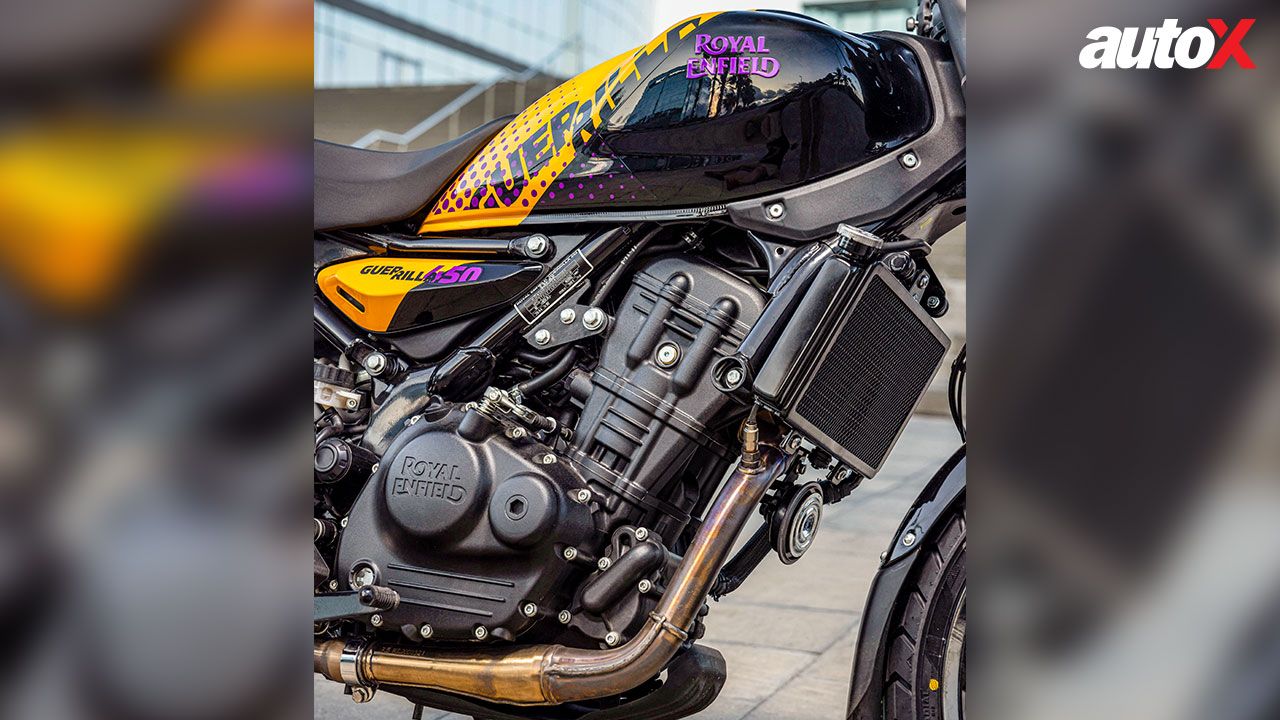
While the Himalayan takes its own sweet time to warm up before unleashing the Sherpa’s torque, the Guerrilla seems raring to go right from 2,000 rpm. It’s a bit hot-tempered that way. RE says that this has been done to make the motorcycle better suited for streets, which makes sense.
The engine’s power output and torque remain unchanged, i.e., 39.5bhp and 40Nm. While we didn’t get the chance to push the Guerrilla to its limits, it felt comfortable at triple-digit speeds. Just like the Himalayan, the Guerrilla has its fair share of vibrations, but they become noticeable around 5,000rpm. Below that, it’s quite refined. That said, the engine loves to be revved, and it’s hard to keep it below the vibe zone. The exhaust note is fruity, which encourages you to rev the engine higher than needed.
The bike comes with a 6-speed transmission, along with a slip and assist clutch. The shifts are clean and precise, and the clutch action is light, which is great for city riding. Interestingly, the Guerrilla features a smaller rear sprocket – 45 teeth as opposed to the ADV’s 47 teeth. According to Royal Enfield, it doesn’t make any real difference in the overall gear ratio, as the Guerrilla’s smaller wheel compensates for the difference.
Let’s talk about the most important aspect of the bike – the ride and handling. Now, this is where the Guerrilla sets itself apart, not just from the Himalayan but also from every other RE motorcycle on the market.

As I mentioned previously, the Guerrilla is a more compact motorcycle with sharper geometry. This becomes immediately apparent as soon as you start throwing this roadster around bends. The steering is sharper than any RE I have ever ridden and the turn-in is quick. What stands out the most is how planted and confident the front end feels while cornering. It’s a machine with impressively sporty handling – on par with the best in its segment. And when you combine these traits with its torque-rich engine, you’ve got a motorcycle that’s fun to ride in any situation.
As for the ride quality, the Guerrilla’s suspension is tuned to offer a sporty ride, which means that it’s firm. On the spotless Spanish roads, this wasn’t a problem, but I suspect that it can be a bit too stiff for the bumpy and bad roads of our country. Also, while riding through long and sweeping corners, I noticed that the bike felt a bit twitchy and quite reactive to light throttle inputs or mid-corner corrections. While the stock Ceat tyres offer decent performance, I feel a stickier set of rubber with a rounder profile will help boost the rider’s confidence and improve its corner stability.
Also read: Royal Enfield Guerrilla 450 Analogue, Dash, Flash Variants Explained
Verdict
According to RE, the Guerrilla sits somewhere between the Triumph Speed 400 & KTM 390 Duke. The rationale is that it’s not as relaxed as the Triumph, yet not as extreme as the KTM. To be fair, that’s exactly how it feels, and its pricing also reflects its middle-ground positioning.
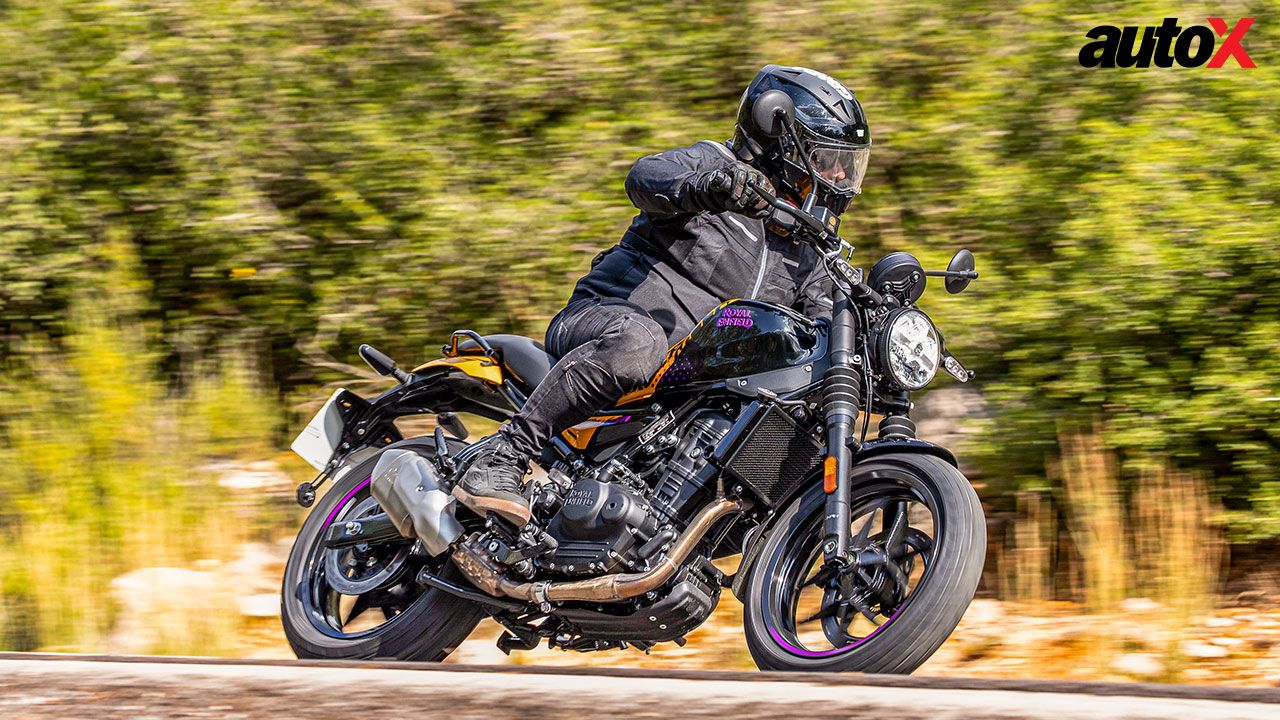
My first impressions of Guerrilla are, in fact, quite positive. It’s definitely not a half-baked roadster. Sure, this category isn’t exactly RE’s forte, but it’s quite evident that they have put everything but the kitchen sink into its development. It’s more or less like the Hunter 350, but everything here is more sophisticated and refined, including the riding experience. And, most importantly, like the Hunter or any other RE motorcycle out there, it retains the essence of the Royal Enfield brand. And since this formula has consistently worked for RE offerings, it’s likely to work just as well for the Guerrilla.
Engine: 452cc / Single-Cylinder
Transmission: 6-Speed
Power: 39.5bhp @ 8,000rpm
Torque: 40Nm @ 5,500rpm
Price: ₹2.39 Lakh – 2.54 Lakh (Ex-Showroom)
X-Factor: A modern, sporty, & stylish roadster infused with classic RE flavours.
|
Pros |
Cons |
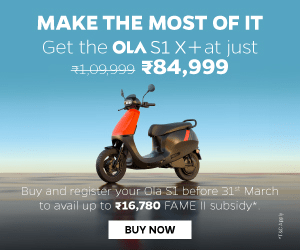

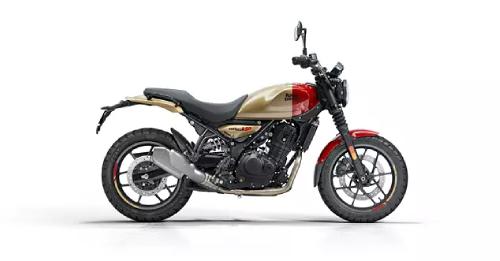

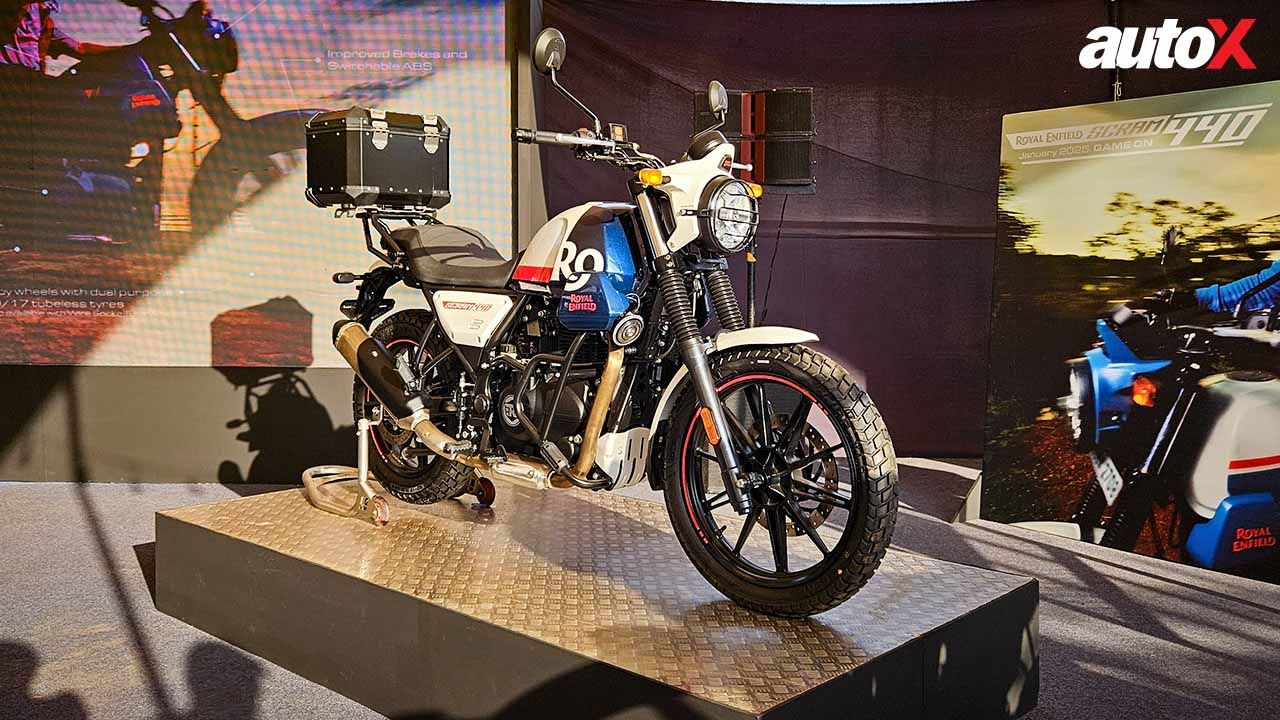
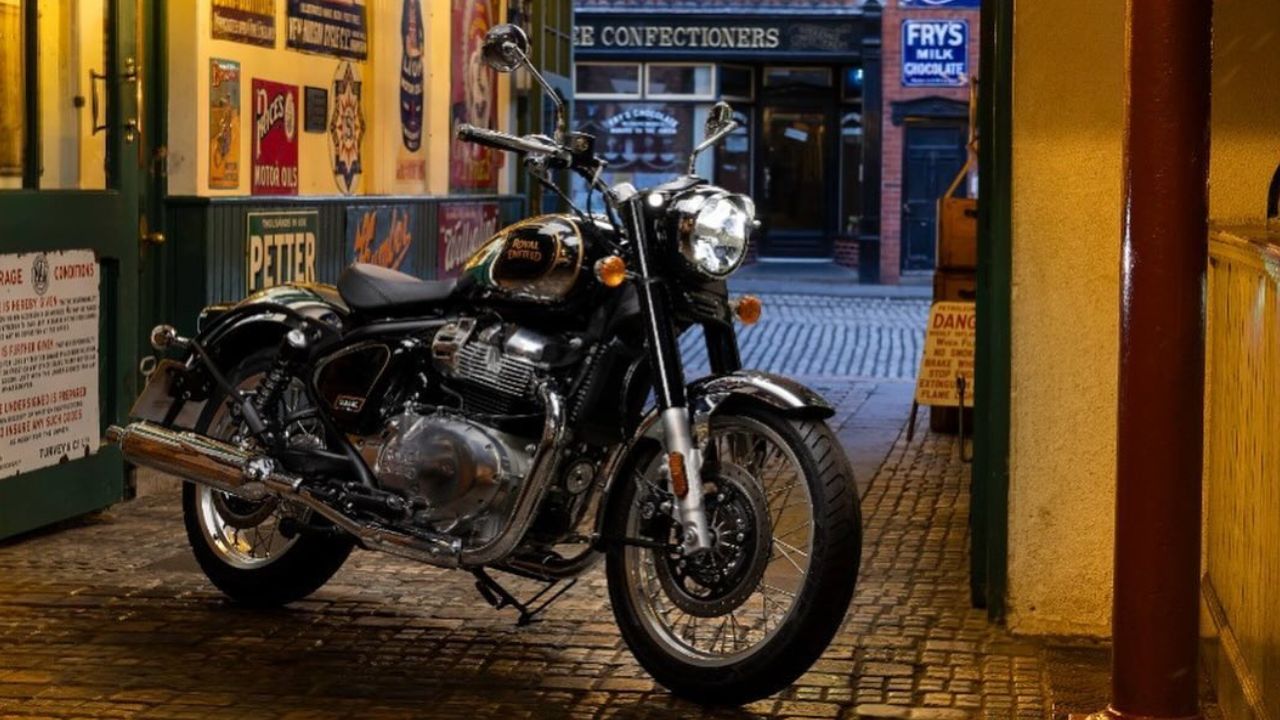
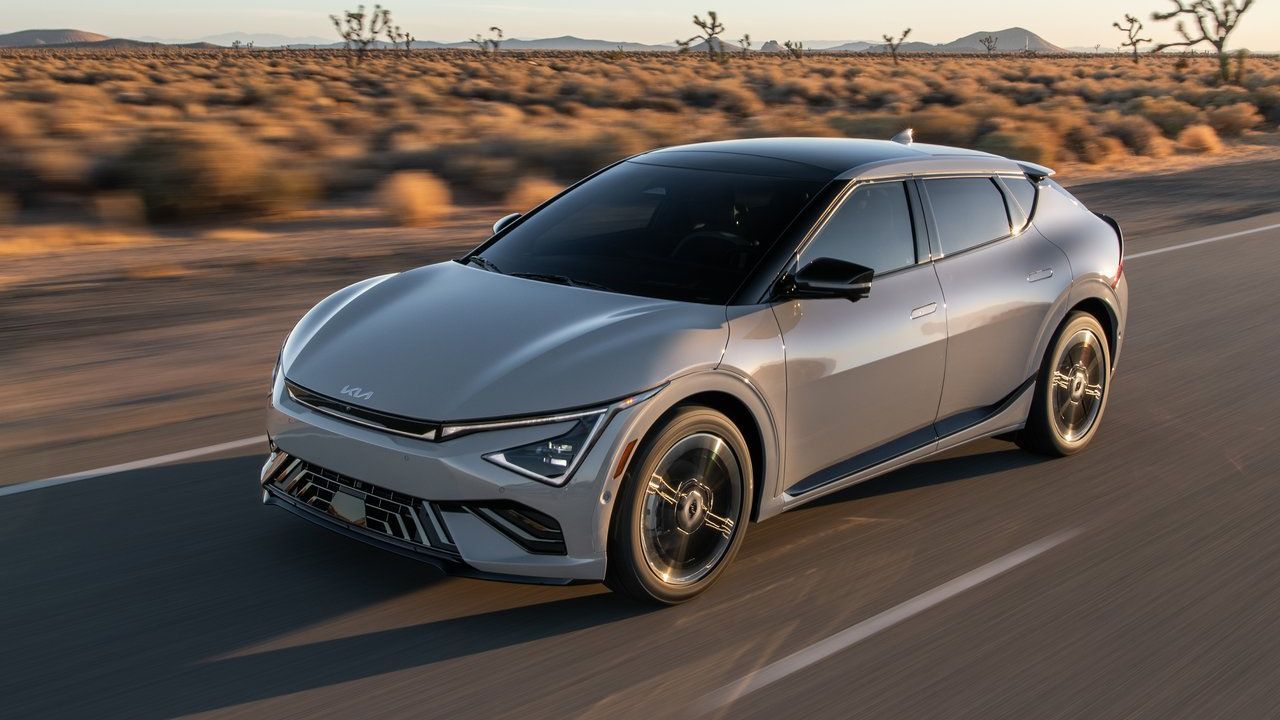
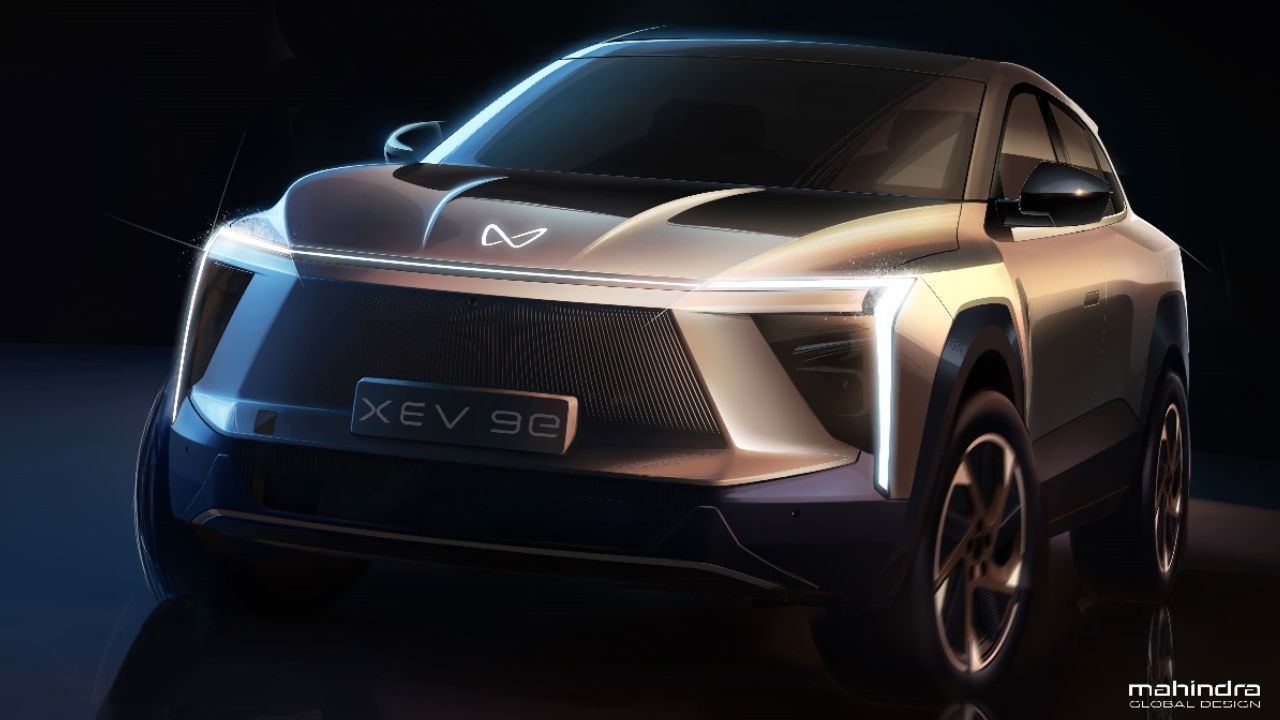
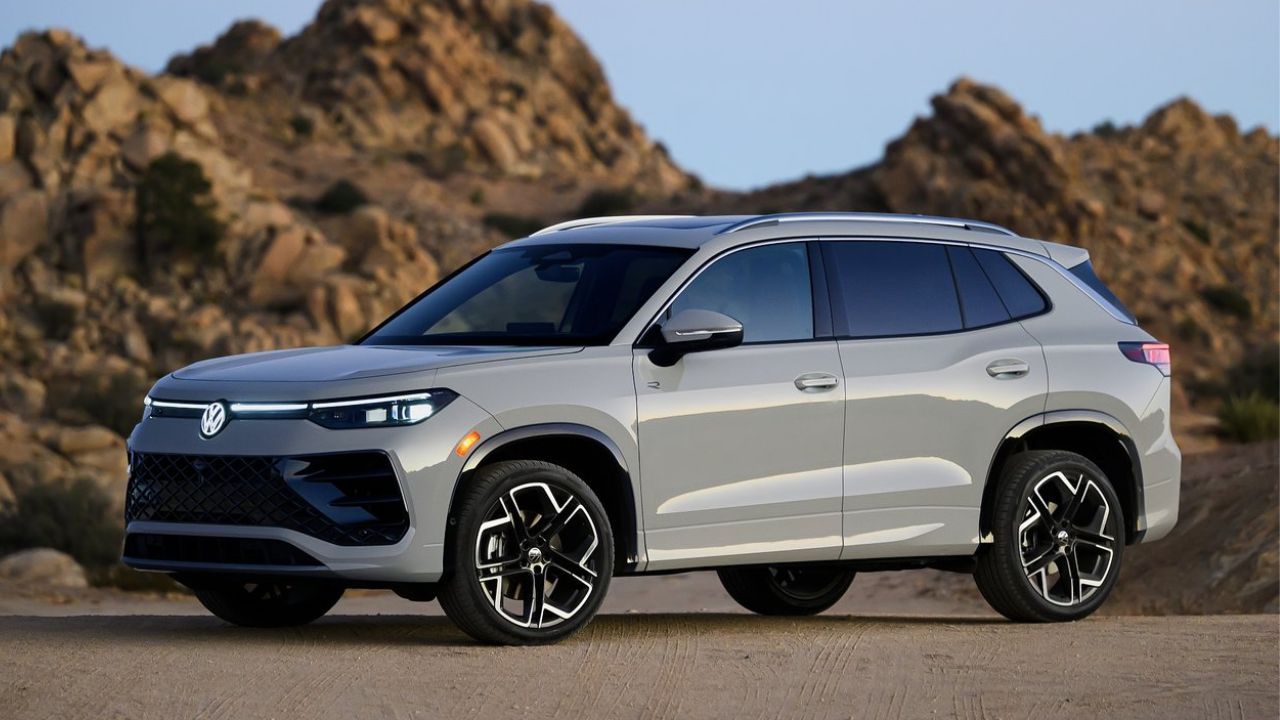
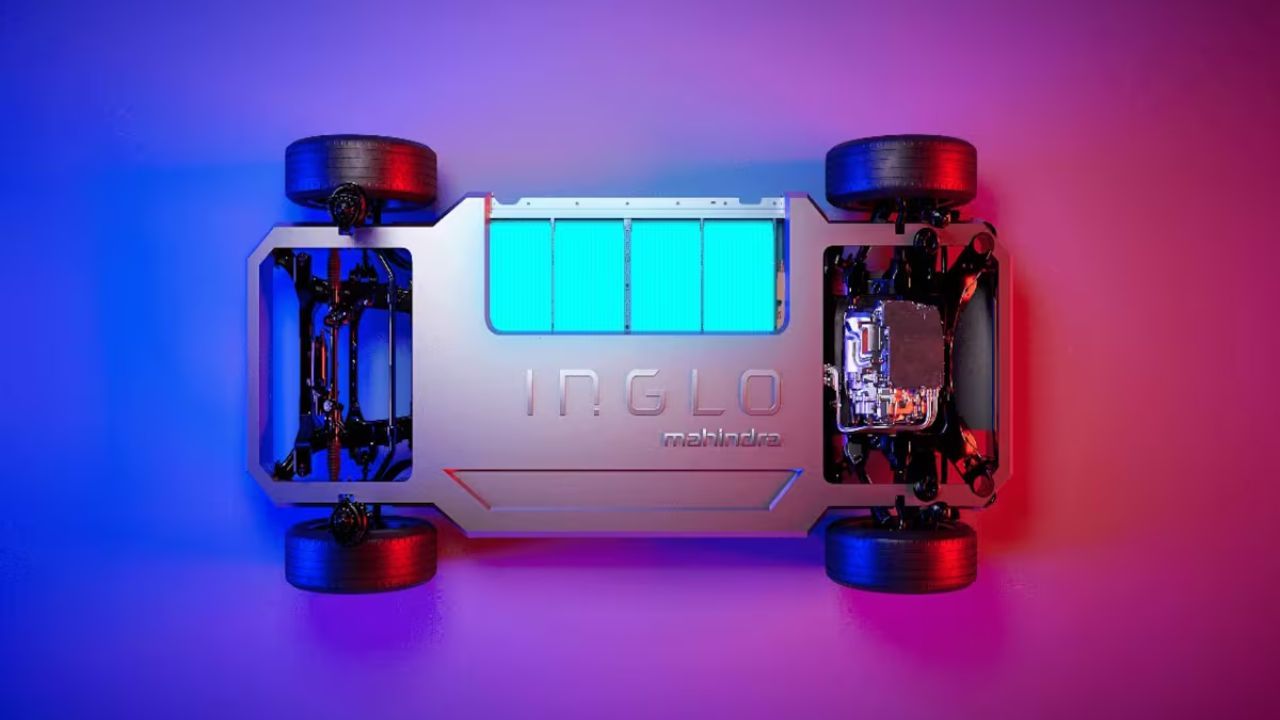
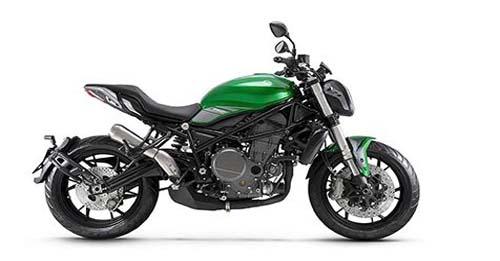
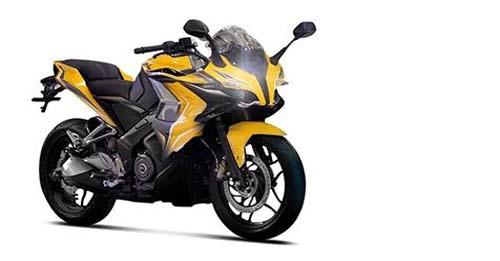
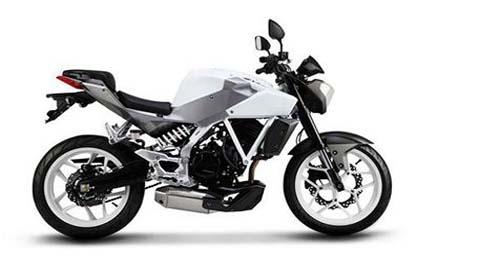
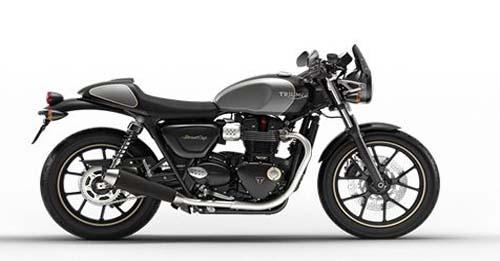
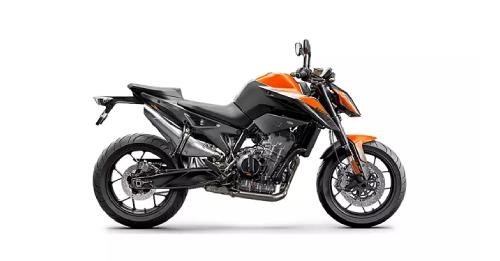









Write your Comment on